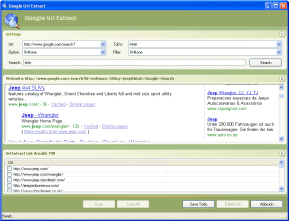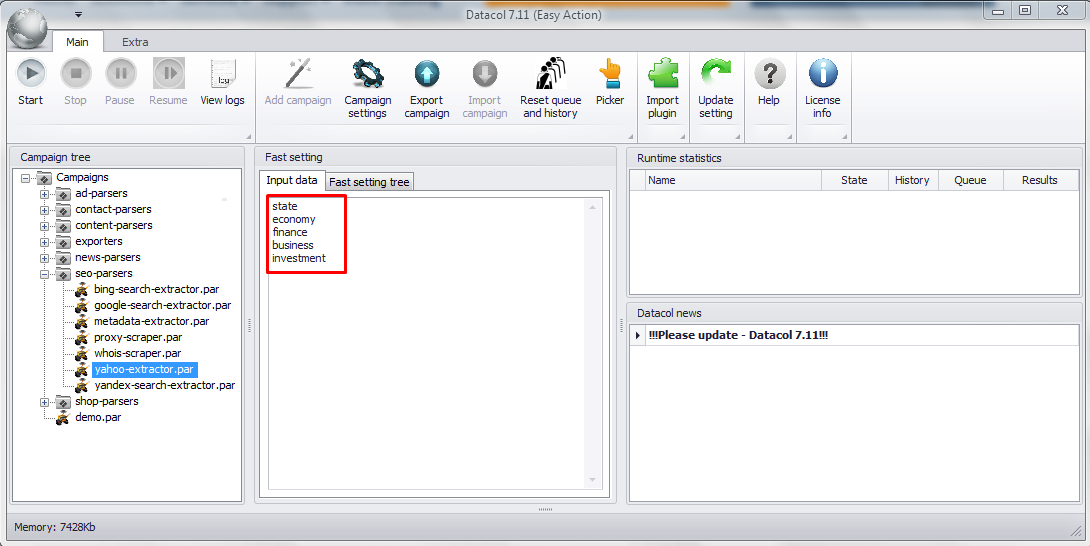
If you use Firefox, then you can do the same there too. Simply right click again on the relevant HTML line (with the authors name), copy the relevant CSS path or XPath and paste it into the respective extractor field in the SEO Spider. Open up any blog post in Chrome, right click and ‘inspect element’ on the authors name which is located on every post, which will open up the ‘elements’ HTML window. Let’s take the Screaming Frog website as the example. A quick and easy way to find the relevant CSS Path or Xpath of the data you wish to scrape, is to simply open up the web page in Chrome and ‘inspect element’ of the HTML line you wish to collect, then right click and copy the relevant selector path provided.įor example, you may wish to start scraping ‘authors’ of blog posts, and number of comments each have received. Next up, you’ll need to input your syntax into the relevant extractor fields. Function Value – The result of the supplied function, eg count(//h1) to find the number of h1 tags on a page.Extract Text – The text content of the selected element and the text content of any sub elements.If the selected element contains other HTML elements, they will be included. Extract Inner HTML – The inner HTML content of the selected element.Extract HTML Element – The selected element and all of its inner HTML content.

When using XPath or CSS Path to collect HTML, you can choose exactly what to extract using the drop down filters – This is best for advanced uses, such as scraping HTML comments or inline JavaScript.ĬSS Path or XPath are recommended for most common scenarios, and although both have their advantages, you can simply pick the option which you’re most comfortable using. Regex – A regular expression is of course a special string of text used for matching patterns in data.An optional attribute field is also available. This option allows you to scrape data by using CSS Path selectors. CSS Path – In CSS, selectors are patterns used to select elements and are often the quickest out of the three methods available.

This option allows you to scrape data by using XPath selectors, including attributes.
#Online url extractor download
You can download via the buttons in the right hand side bar.

#Online url extractor install
To get started, you’ll need to download & install the SEO Spider software and have a licence to access the custom extraction feature necessary for scraping. To jump to examples click one of the below links: You can switch to JavaScript rendering mode to extract data from the rendered HTML. The extraction is performed on the static HTML returned from URLs crawled by the SEO Spider, which return a 200 ‘OK’ response. The custom extraction feature allows you to scrape any data from the HTML of a web page using CSSPath, XPath and regex. This tutorial walks you through how you can use the Screaming Frog SEO Spider’s custom extraction feature, to scrape data from websites.

Web Scraping & Data Extraction Using The SEO Spider Tool


 0 kommentar(er)
0 kommentar(er)
